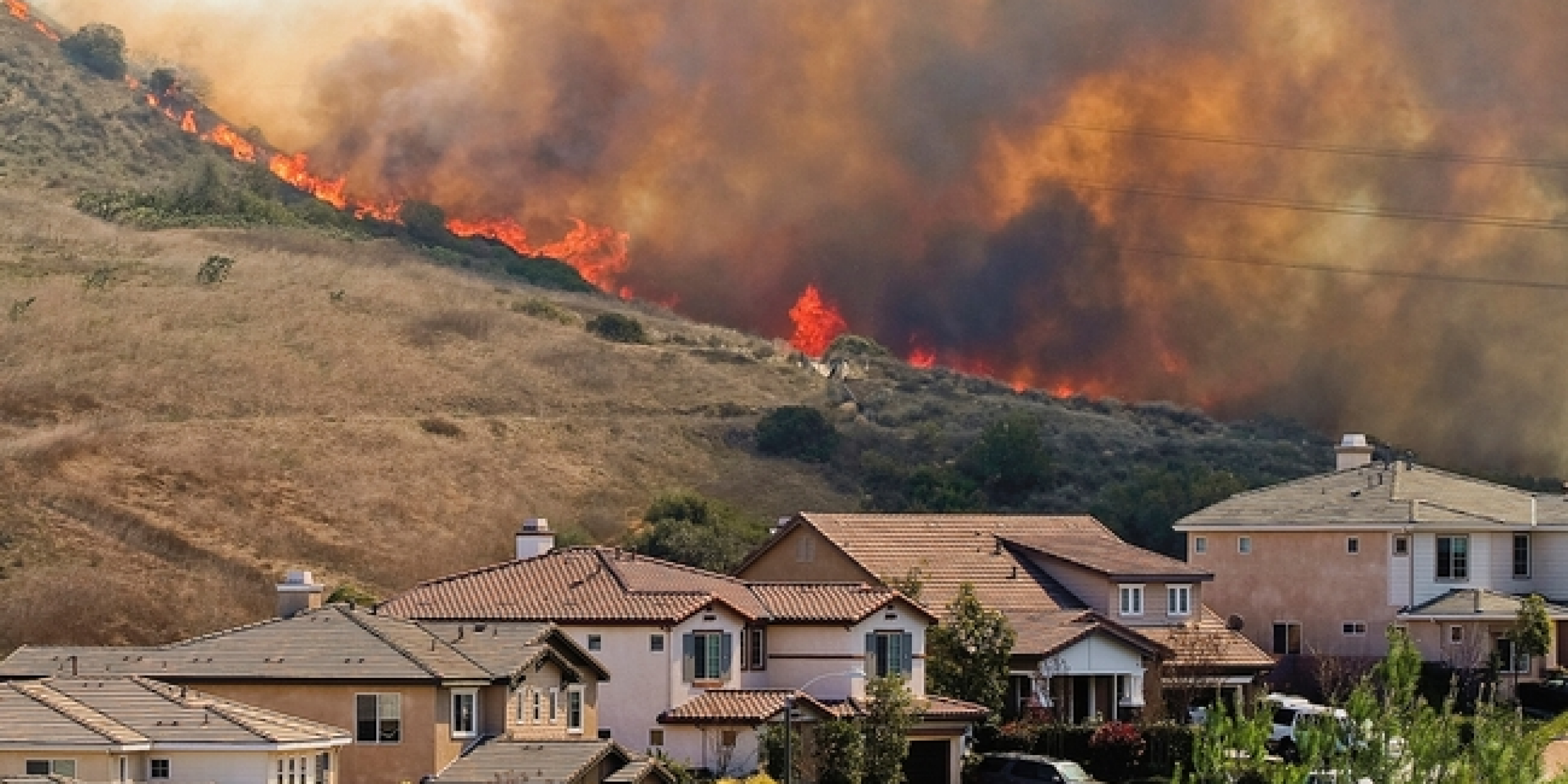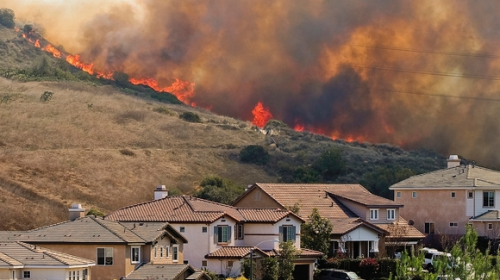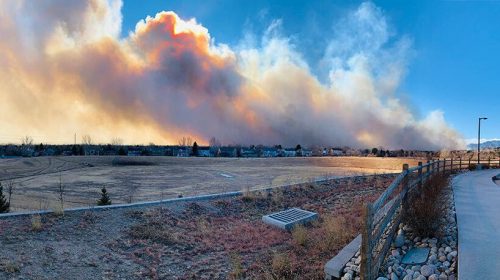Two recently published studies work to understand unique smoke emissions from fires at the wildland-urban interface, where urban and natural materials can burn alongside one another. The Climate Program Office’s Atmospheric Chemistry, Carbon Cycle and Climate (AC4) program led this initiative in Fiscal Year 2022, funding eleven new projects to explore important questions about wildfires in a rapidly changing and urbanizing world. In an Environmental Science & Technology study, funded scientist Alexander Laskin of Purdue University worked with a team to examine emissions from burning materials like plastics, resins, and wood, identifying brown carbon compounds that change their energy absorption properties under UV light. These dynamics could significantly affect interactions between smoke and sunlight, potentially influencing climate warming. Funded scientist Sergey Nizkorodov of the University of California, Irvine joined Alexander Laskin and a research team in an ACS ES&T Air study to explore natural biomass burning, finding that smoke particles become more viscous as volatile components evaporate, increasing their lifespan in the air and ability to absorb sunlight.
These studies are crucial for understanding how wildland-urban interface fires affect air quality and climate. The first shows that smoke from urban materials behaves differently from wildfire emissions, highlighting a need to account for these materials in pollution and climate models. The second study shows how biomass smoke particles evolve, becoming more persistent and potentially more harmful. Together, these studies offer detailed insights into how fires in WUI areas generate complex, long-lasting emissions that contribute to climate warming and public health risks.
For more information, contact Clara Deck.










